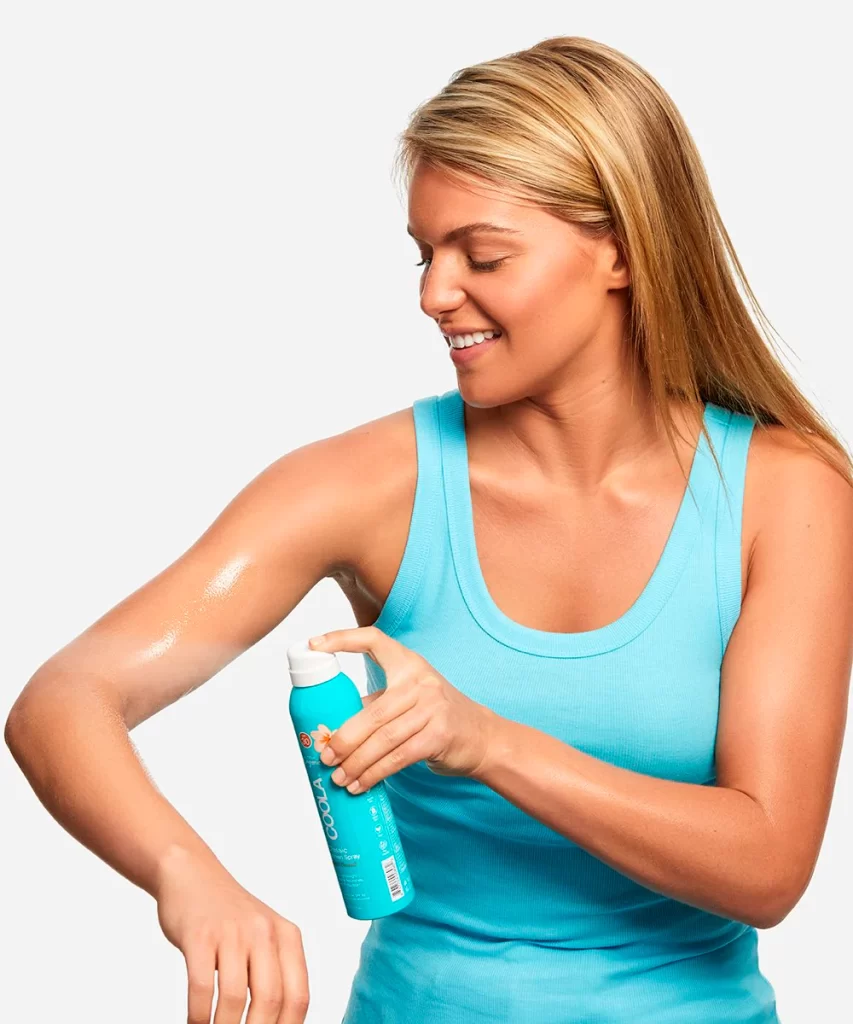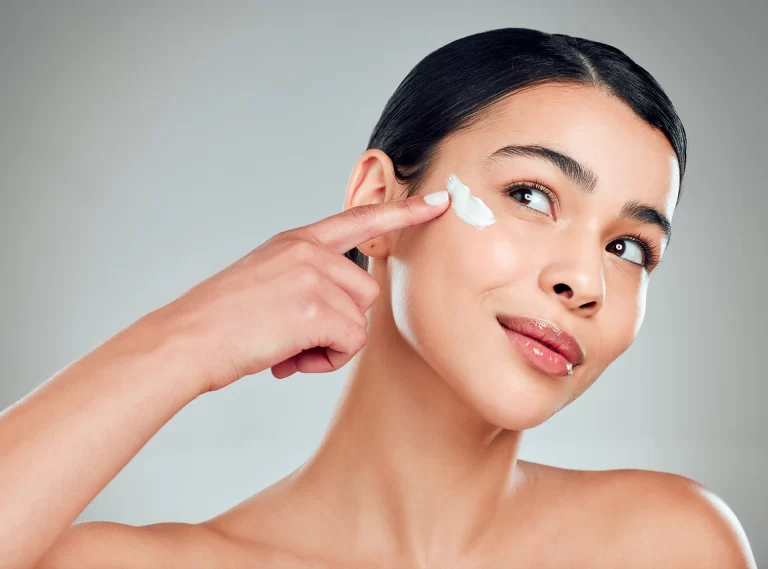
Sunscreen Spray
The Convenient Truth About Sunscreen Sprays
As the summer months approach, discussions about sunscreen inevitably heat up. We’re bombarded with warnings about skin cancer risks, product recommendations, and application tips. In recent years, sunscreen sprays have surged in popularity as a convenient alternative to traditional creams and lotions. However, these spray-on formulas remain mired in controversy over their effectiveness and potential health impacts. Today we’ll dissect both sides of the sunscreen spray debate to help you make an informed decision about protecting your skin this sunny season.
The Appeal of Sunscreens in Aerosol Form
It’s easy to understand sunscreen sprays’ widespread appeal. Traditional sunscreen lotions often leave an undesirable greasy residue. They require tedious manual application and rubbing to fully coat all areas of exposed skin. Miss a few spots and you’re left with odd tan lines or scalded zones after prolonged UV exposure.
Spray sunscreens offer a seemingly effortless solution. A few pumps from a continuous aerosol mist provide fast, even coverage across large surface areas like backs, legs, and arms. No rubbing needed – just spray in a sweeping motion and you’re instantly coated from head to toe. The atomized droplets swiftly dry into an invisible, lightweight protective film within seconds.
For parents wrestling squirming children, sunscreen sprays vastly simplify the application process compared to prolonged lotion massages inevitably ending with Orange Streaks of Sadness and tears of impatience. Easy application encourages more consistent sunscreen use among skeptical teenagers and adults prone to skipping lotions. In theory, spray sunscreens boost compliance while effortlessly covering those often-missed spots like the back of necks and ears.
So what’s not to love about these seemingly miraculous full-body sunscreen misters?
The Airborne Particle Problem
Unfortunately, major concerns surround sunscreen sprays regarding how much active ingredient actually deposits on skin to create an effective UV barrier. Spray formulations prove far more prone to dispersing in ambient air currents rather than fully adhering to intended application areas.
FDA testing found only 25-40% of sunscreen sprays’ active sunscreen particles successfully transferred to most users’ skin and clothing during typical use. The remaining aerosolized micro-droplets simply waft away into the surrounding atmosphere. This results in inadvertent inhalation of stray sunscreen particles deep into users’ lungs while simultaneously undermining the spray’s desired protective properties.
Compounding matters, aerosol particle sizes of many spray sunscreens trend far smaller than their droplet counterparts in cream formulations. Aggressively fine mists boost the fraction of inhalable particulates while penetrating more readily into delicate eye and lung membranes.
Health Concerns Over Ingredients
Another major reservation is the potential toxicity of ingredients found in many spray sunscreen formulations. Growing evidence correlates common spray sunscreen ingredients like oxybenzone, PABA, avobenzone, and octocrylene with various hormone disruption pathways, cellular damage, and systemic absorption linked to reproductive health consequences.
Inhaling microfine sunscreen mists significantly amplifies exposure risks compared to topical cream applications. Stray droplet clouds become concentrated doses of active ingredients directly entering mouth, eyes and most disconcertingly – bypassing the body’s filtration systems to deposit deep within vulnerable lung tissues without the skin’s protective outer barriers.
Critics argue these internal exposure levels exponentially increase probabilities for systematic ingredient absorption into bloodstreams and maternal/fetal transfer across placental barriers. What begins as a dermal UV protectant transforms into a potential internal dose of concerning ingredients when aerosolized.
Leading medical authorities like the American Academy of Pediatrics and FDA discourage spray sunscreen application around children and infants out of caution for these respiratory and systematic exposure possibilities until further rigorous safety trials conclude. Preliminary evidence suggests some populations like pregnant women, infants, asthmatics, and immune-compromised individuals remain at elevated risk from certain spray formulation ingredients despite sunscreen’s dermatological benefits.

You’re Probably Doing It Wrong
Exacerbating all of these health concerns? Most users improperly apply sunscreen sprays under realistic outdoor conditions. Research shows the average person sprays only about 25-50% of the instructed application dosage required to attain the product’s labeled SPF.
People drastically underestimate the volume of sunscreen needed to adequately coat every square inch of exposed skin – especially when applying by misting spray rather than thick viscous lotions. Strong winds and application distances greater than a few inches further limit droplet densities reaching target areas.
Even by remaining perfectly motionless under ideal laboratory conditions, it’s nearly impossible for users to achieve full coverage over every nook and cranny of their body’s contoured surfaces just spritzing a few cursory clouds across their front and back. Inevitably, underexposed zones develop as vulnerable entry points for sunburn-causing radiation to penetrate.
So while sprays seem simpler and faster upfront, they introduce compensating application challenges like ensuring thorough distribution and minimizing aerosolized mist exposures. Guidelines explicitly recommend never spraying directly into faces to prevent eye and lung irritation. Children’s sprays require additional assistance and monitoring beyond solo operation.
Human Studies Remain Sparse
While preliminary lab screenings and simulations highlight concerning characteristics of many spray sunscreen formulations, we still await overdue comprehensive clinical assessments on realistic human test subjects in outdoor conditions.
Before dismissing spray sunscreens outright, we require further definitive study into ingested concentration levels, ingredient metabolization, distribution gradients between mucous membranes and target dermal tissues, plus comparisons against cream formulation exposure routes. Studies investigating potential developmental impacts among pregnant/infant exposures and long-term carcinogenic risks will hopefully determine practical safety margins for casual use.
To date, existing evidence proving spray sunscreens’ detrimental effects relies heavily on theoretical models, animal trials, and unrealistic particle size assumptions not accurately capturing real-world human use cases. Ultraconservative public health agencies understandably err on the side of warning about any potential danger while manufacturers emphasize favorable attributes amidst a dearth of conclusive investigations either way.

Find What Works Best for You
In the interim before that scientific consensus emerges, every individual must weigh spray sunscreen’s undeniable application convenience against its speculative yet plausible hazards. If basic precautions like avoiding inhaled sprays, supplementing with lotions, and following rigorous application techniques get heeded, sprays balance sufficient UV protection for many people without introducing unreasonable exposures beyond conventional cream ingredients.
Those belonging to sensitive groups like young kids, pregnant women, the elderly, or those with compromised respiratory conditions would be prudent minimizing spray product usage until safety profiles clarify. However, for healthy adults, properly applied spray sunscreens demonstrate suitable sun protection without exhibiting definitive adverse effects exceeding cream-based counterparts in certain scenarios.
Dermatologists emphasize consistent sunscreen use remains the most vital component of any sun safety regimen regardless of specific product formats. Spray sunscreens’ convenience factor exponentially increases compliance odds – especially for reapplication after swimming, excessive sweating, or prolonged UV exposures deplete initial coatings. Developing lifelong sun protection habits outweighs minor formulation debates for most situations.
This summer, don’t just default to sprays out of habit or let unfounded toxicity fears dissuade you from trying innovative application methods alongside traditional creams and lotions. Review product ingredients, understand your skin cancer risks, consider momentary exposures versus chronic repeated uses, and track emerging human studies. Most importantly, embrace whatever encourages faithful sun protection practices for you and your family this season.
By staying sensibly skeptical yet open-minded about sunscreen technologies, we all remain empowered to make educated decisions balancing our cherished summer adventures against developing the healthiest sustainable tans free from remorse. Don’t just start slathering blindly based on hype or fear-mongering. A small growth mindset adjustment forging individualized sun protection portfolios customized to our specific needs means we all bask gloriously this season with the confidence of having confronted dermatology’s challenges wholeheartedly and responsibly.



